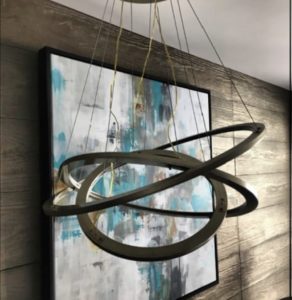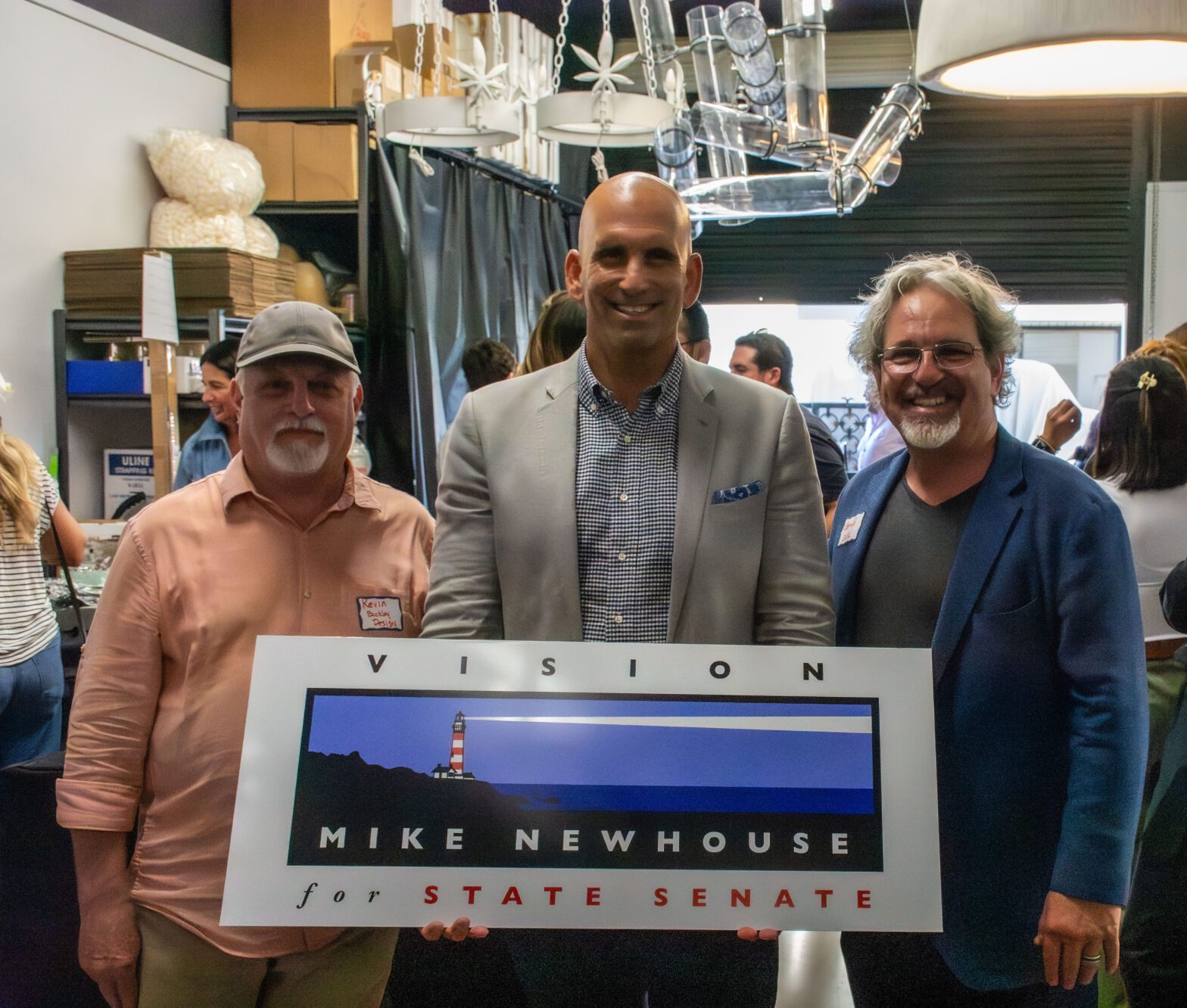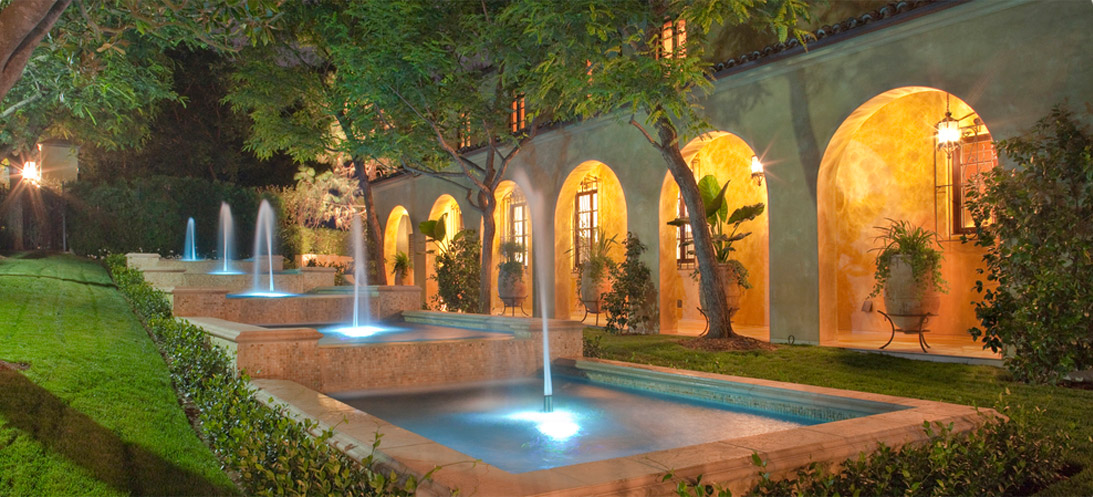
Sustainable architecture is now at the forefront of design for the future. Scientific studies have proven time and time again that global warming is a real threat to the health of our planet. As we move forward as a global society, we must consider the effects of sustainability in every aspect of our lives. The U.S. Energy Information Administration reports that close to 50% of all CO2 emissions come from our buildings. It creates a sense of urgency in the architectural community to embrace sustainable architecture.
Since the late 60s and early 70s, the concept of sustainable architecture has gradually taken hold in the architecture community. In recent years, it has become standard practice in many countries, but many others continue to ignore the value or impact of the practice.
The idea behind the practice is to use only environmentally friendly techniques and materials during the building process. It also seeks to minimize the negative impact of buildings through efficient energy consumption and development space. Architects who practice sustainable architecture look to renewable resources such as harvested wood, concrete, and rock, along with recycled materials like glass and lumber. They also look to reuse architectural components of other buildings, including doors, windows, and flooring. Setting aside materials, sustainable architecture also focuses on how efficiently energy will be used and how to effectively conserve. Thoughtfully designed buildings also rely on solar energy or other alternative energy sources.
Sustainable architecture provides not only an eco-friendly alternative to traditional construction techniques but also added energy efficiency and superior style. There’s no doubt that sustainable architecture is the way of the future. With the known impact of global warming, willfully ignoring the impact of our architectural practices could have a catastrophic impact on our society. Sound practices exist for sustainable architecture and more countries need to embrace these concepts and make them the standard, not the option.
From the ADG Job Site
Custom made order for a client out of San Francisco
by Gerald Olesker, CEO, ADG Lighting













